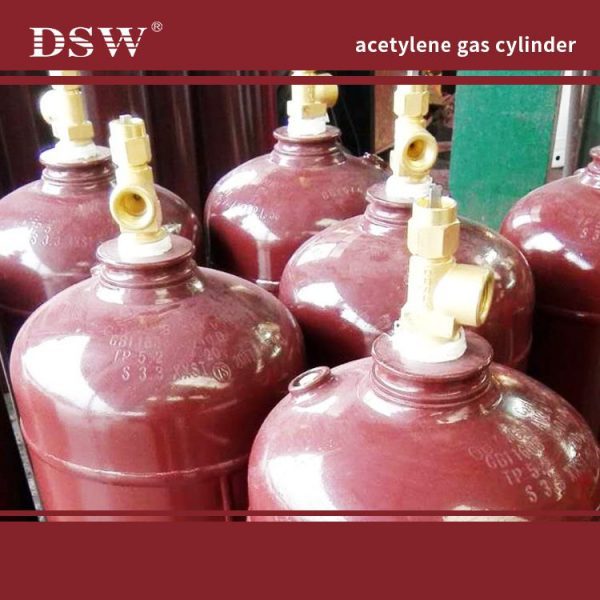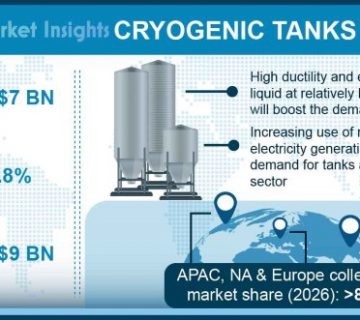Most compressed gas cylinders require the installation of at least one cylinder valve. This valve allows the cylinder to contain gases and gas to be filled or emptied from the cylinder. The cylinder valve is the most vulnerable part of the compressed gas package and requires a thorough understanding to maximize its performance.
Types of Cylinder Valve
There are four basic valve types: the pressure seal valve, the packed valve, the O ring valve, and the diaphragm valve.
There are several versions or designs within each of the four basic types. This pamphlet will address the more common valves in today’s industry.

Materials of Construction
Gas valves are made from metallic elements such as:
Aluminum offers good electrical and thermal conductivity, high reflectivity, and resistance to oxidation.
Copper is ductile and malleable and one of the best conductors of heat and electricity. Both brass and bronze are copper alloys.
Brass provides good bearing properties and low magnetic permeability.
Sintered bronze can be impregnated with materials such as oil and graphite.
Steel is a commercial iron that differs from cast iron both in terms of its malleability and lower carbon content.
Ductile iron provides the machinability and corrosion resistance of cast iron while providing additional strength and toughness.
Stainless steel is chemical and corrosion resistant and can have relatively high pressure ratings.
Applications & Industries
Gas valves are used in a variety of applications and industries. For example:
Aerospace
Agricultural
Automotive
Commercial
Construction
Cryogenic
Fire service
Food service
Flood control
Food processing
Irrigation
Maritime
Medical
Mining
Petroleum
Power generation
Pulp and paper
Semiconductor
High-purity gas valves are used to handle gases such as nitrogen, argon, oxygen, and hydrogen.

Working knowledge of cylinder valves
Working knowledge of cylinder valves can improve processes, save time and money, prevent problems, maintain the life and integrity of the valve, and improve the safety of your operation. This document must not be used as a valve modification or repair guide. No changes to valves are permitted, and any repairs shall only be made by or under the direction of the supplier.











No comment